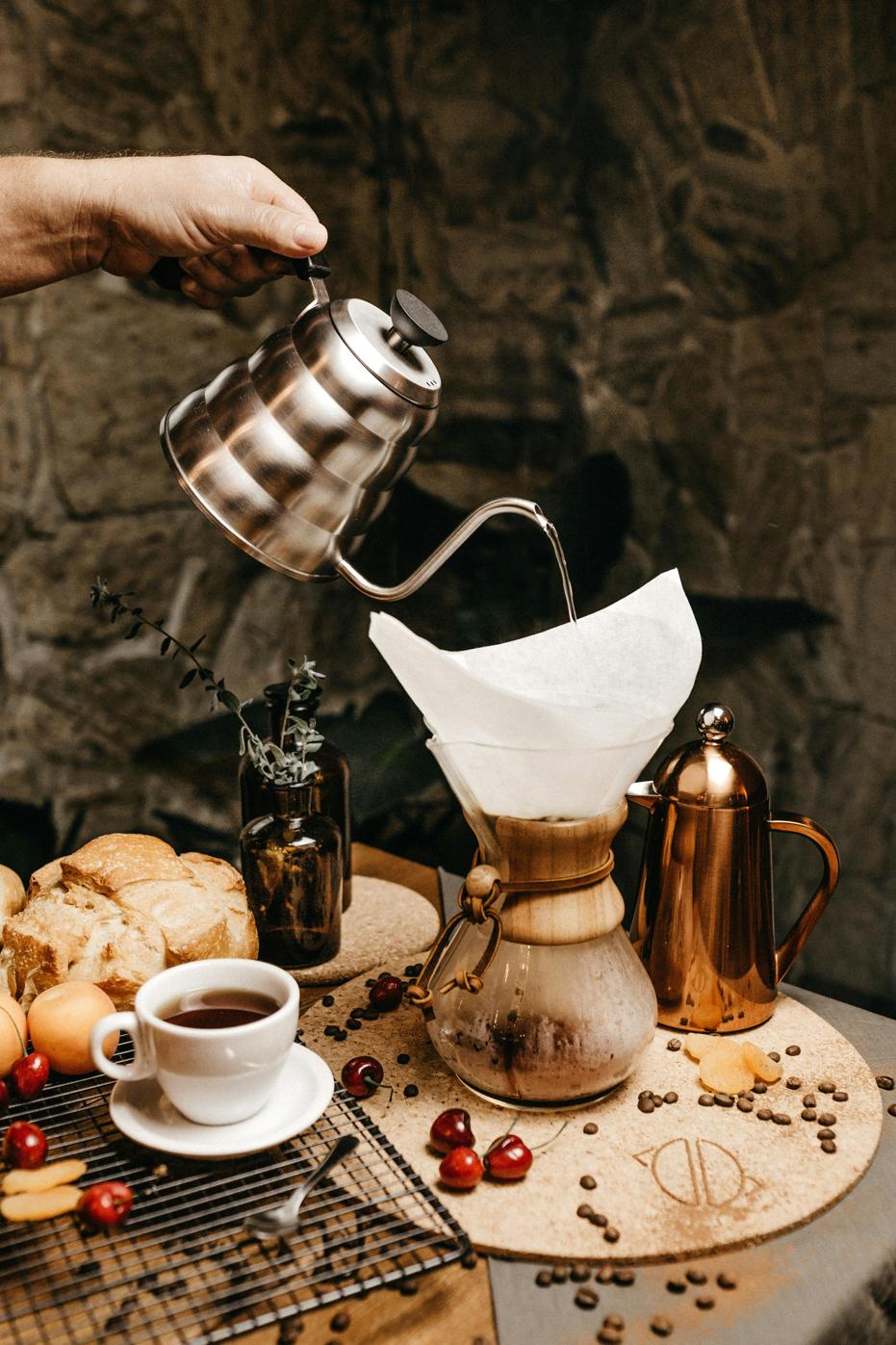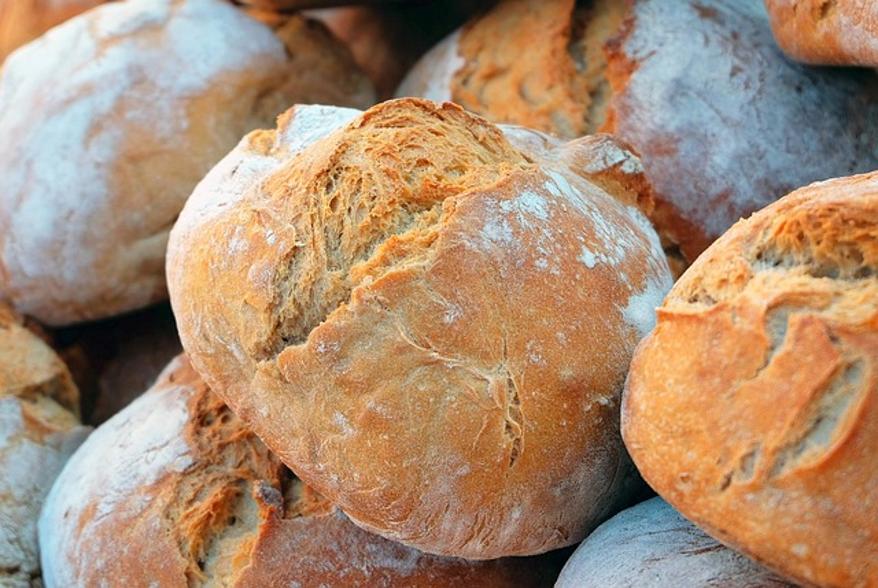Introduction
Mastering the nuances of a bread maker can transform your kitchen routine. The aroma of homemade bread is unparalleled, and with a bread maker, anyone can achieve this without hassle. This guide aims to walk you through the essentials of using a bread maker, from understanding its parts to choosing the right ingredients. By the end of this article, you’ll be ready to bake delightful, fresh bread at home with confidence.

Understanding Your Bread Maker
Before diving into using your bread maker, it’s crucial to familiarize yourself with its parts and functionality. Essential components include the bread pan, kneading paddle, and control panel. The bread pan is where all ingredients go, and the kneading paddle mixes and kneads the dough. The control panel allows you to choose different settings according to your recipe.
Knowing these components will help you understand how your bread maker works and make troubleshooting minor issues pain-free. It’s worth spending a few minutes reading the user manual that comes with your machine to fully comprehend each part and its purpose.

Getting Started with Your Bread Maker
Once you understand the basic components, it’s time to commence your bread-making journey. Start by placing your bread maker on a stable, level surface and ensuring all components are clean and dry. Assemble the bread pan and kneading paddle correctly.
Select a simple bread recipe for your first attempt, and make sure you have all the essential ingredients. Familiarize yourself with the control panel and the various settings. It’s always a good idea to begin with the default settings before experimenting with advanced functions.
Choosing the Right Ingredients
The secret to perfect bread lies in the ingredients. Flour, yeast, water, and salt are the fundamental elements. Opt for high-quality bread flour, which has a higher protein content crucial for good texture and rise. Yeast is the magic ingredient that makes bread rise. You can use active dry yeast or instant yeast, but make sure to check your recipe for compatibility.
Water should be at room temperature unless specified otherwise in your recipe. Salt enhances flavor but also controls yeast activity, so measure accurately. Adding ingredients in the correct order — usually liquids first, then dry ingredients, and yeast last — ensures proper mixing and rising.
Step-by-Step Instructions to Use a Bread Maker
Armed with the right ingredients, you are now ready to bake your first loaf. Follow these steps for a seamless experience:
- Place the bread pan inside the machine and insert the kneading paddle.
- Add your ingredients to the bread pan in the order specified by your recipe.
- Close the lid and select the appropriate bread setting on the control panel.
- Select the loaf size and crust type, if applicable.
- Press the ‘Start’ button to begin the mixing and baking process.
- Allow the bread maker to complete its cycle. Typically, this includes kneading, rising, and baking.
- Once the machine signals completion, carefully remove the bread pan using oven mitts.
- Turn the bread pan upside down to release the loaf onto a cooling rack.
- Let the bread cool before slicing to achieve the best texture and flavor.
This process might vary slightly depending on your bread maker model, but the general steps remain consistent.
Bread Maker Settings and Functions
Bread makers come with various settings designed for different types of bread and dough. Understanding these settings can enhance your baking experience. Common settings include Basic, Whole Wheat, French, Sweet, Dough, and Bake Only.
- Basic: Ideal for white and mixed bread.
- Whole Wheat: Uses a longer kneading and rising process.
- French: Produces bread with a crispier crust and lighter texture.
- Sweet: For recipes that include sugar, fruit, or other sweet ingredients.
- Dough: Mixes and kneads the dough without baking.
- Bake Only: Bakes pre-prepared dough.
Experiment with these settings to discover the best results for your favorite recipes.

Troubleshooting Common Issues
Even with the best preparation, issues can arise. Here are solutions to some common problems:
- Bread doesn’t rise properly: Ensure your yeast is fresh and active. Check the water temperature; it should be between 110°F to 115°F.
- Dense or heavy bread: Accurate measurement of ingredients is crucial. Use bread flour instead of all-purpose flour.
- Uneven cooking: Make sure the bread pan is properly seated in the machine. Avoid opening the lid during the baking process.
These tips should help you navigate common pitfalls and become more confident in using your bread maker.
Tips for Perfect Bread Every Time
Achieving consistent results requires following a few tried-and-true tips:
- Measure ingredients accurately using a kitchen scale.
- Add ingredients in the correct order.
- Experiment with different yeast types and flour brands.
- Maintain room temperature for your ingredients.
- Avoid opening the lid during baking to keep the heat consistent.
Incorporating these practices into your routine can significantly boost the quality of your homemade bread.
Maintenance and Care for Your Bread Maker
Proper maintenance ensures the longevity of your bread maker. Clean the bread pan, kneading paddle, and lid after each use to prevent residue buildup. Avoid using abrasive cleaners or scouring pads that may damage non-stick surfaces.
Periodically check the kneading paddle and spindle for wear and tear. Ensure the control panel is free from moisture and flour. Regularly inspect the power cord and plug for damage to guarantee safe usage. Following these steps will keep your bread maker in top condition for years to come.
Conclusion
Using a bread maker can transform your home baking, offering convenience and quality. With the right steps, ingredients, and care, you can enjoy homemade bread that’s delicious and nutritious.
Frequently Asked Questions
What if my bread doesn’t rise properly?
Ensure your yeast is fresh and active. Check that water temperature is between 110°F to 115°F, as water that’s too hot or cold can hinder yeast activity.
How do I clean my bread maker?
Clean the bread pan, kneading paddle, and lid after each use with a soft sponge and mild detergent. Avoid abrasive cleaners to maintain the non-stick surface.
Can I make gluten-free bread in a bread maker?
Yes, many bread makers have a gluten-free setting. Use gluten-free flour and follow specific recipes to achieve the best results. Check your manual for guidance.
